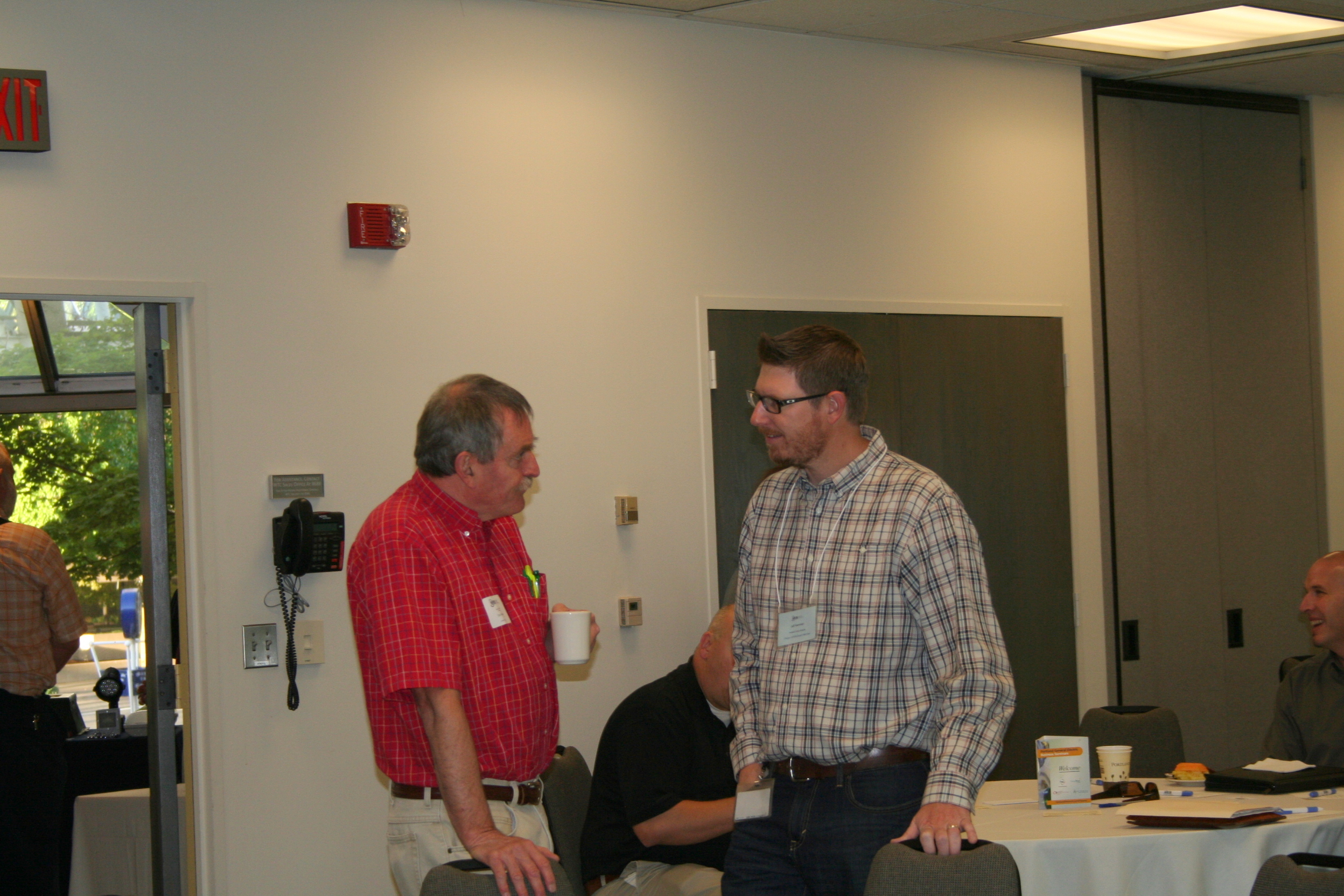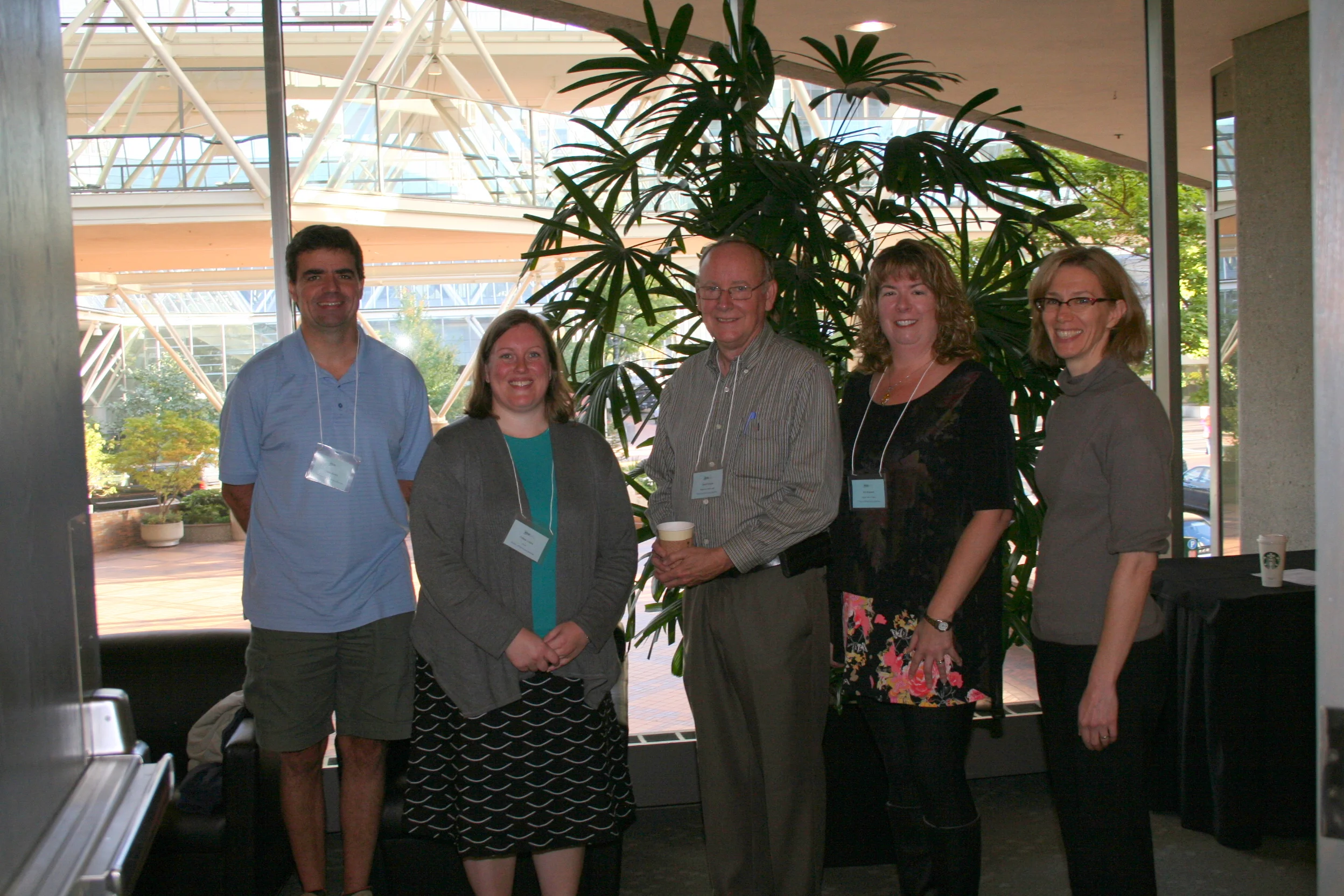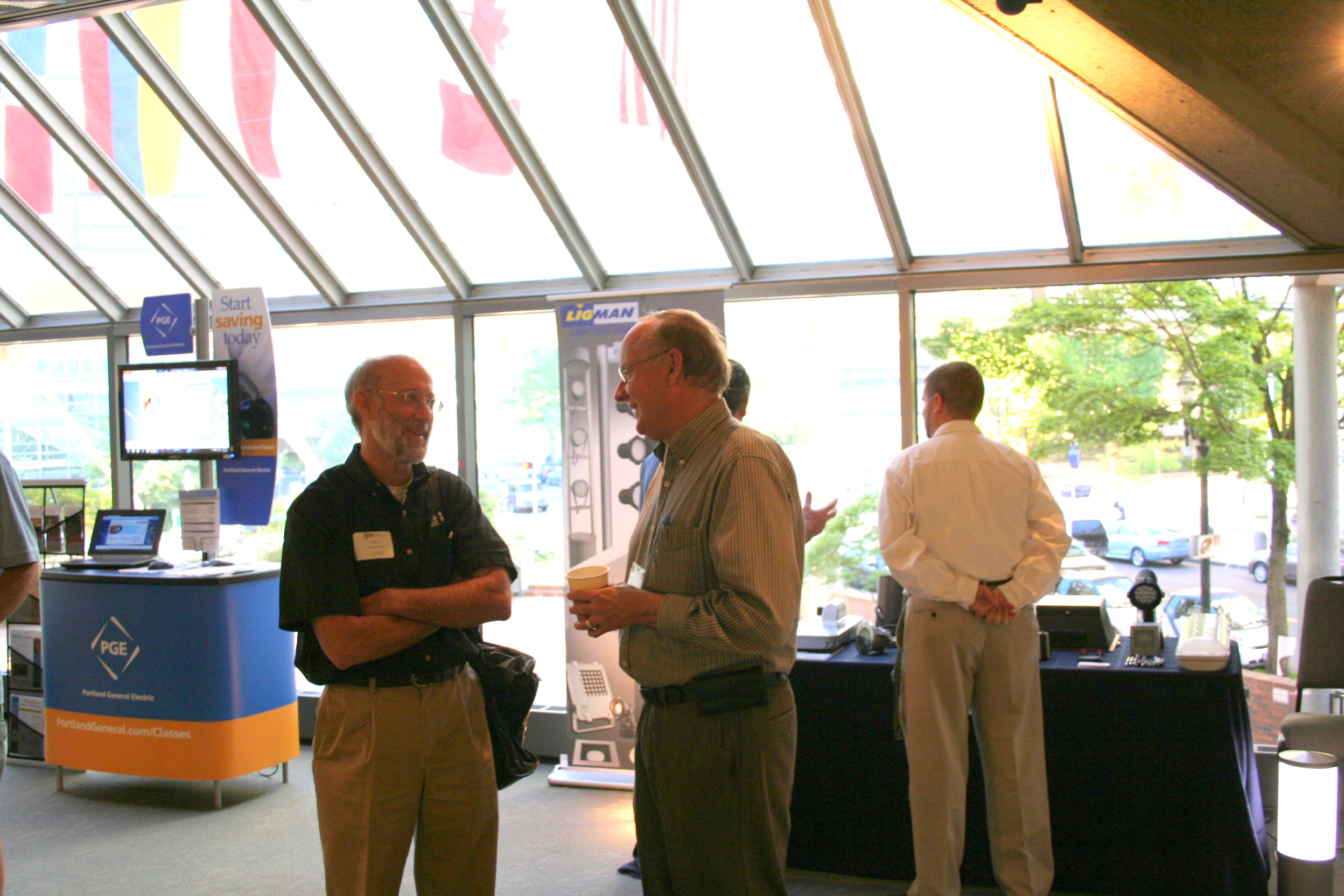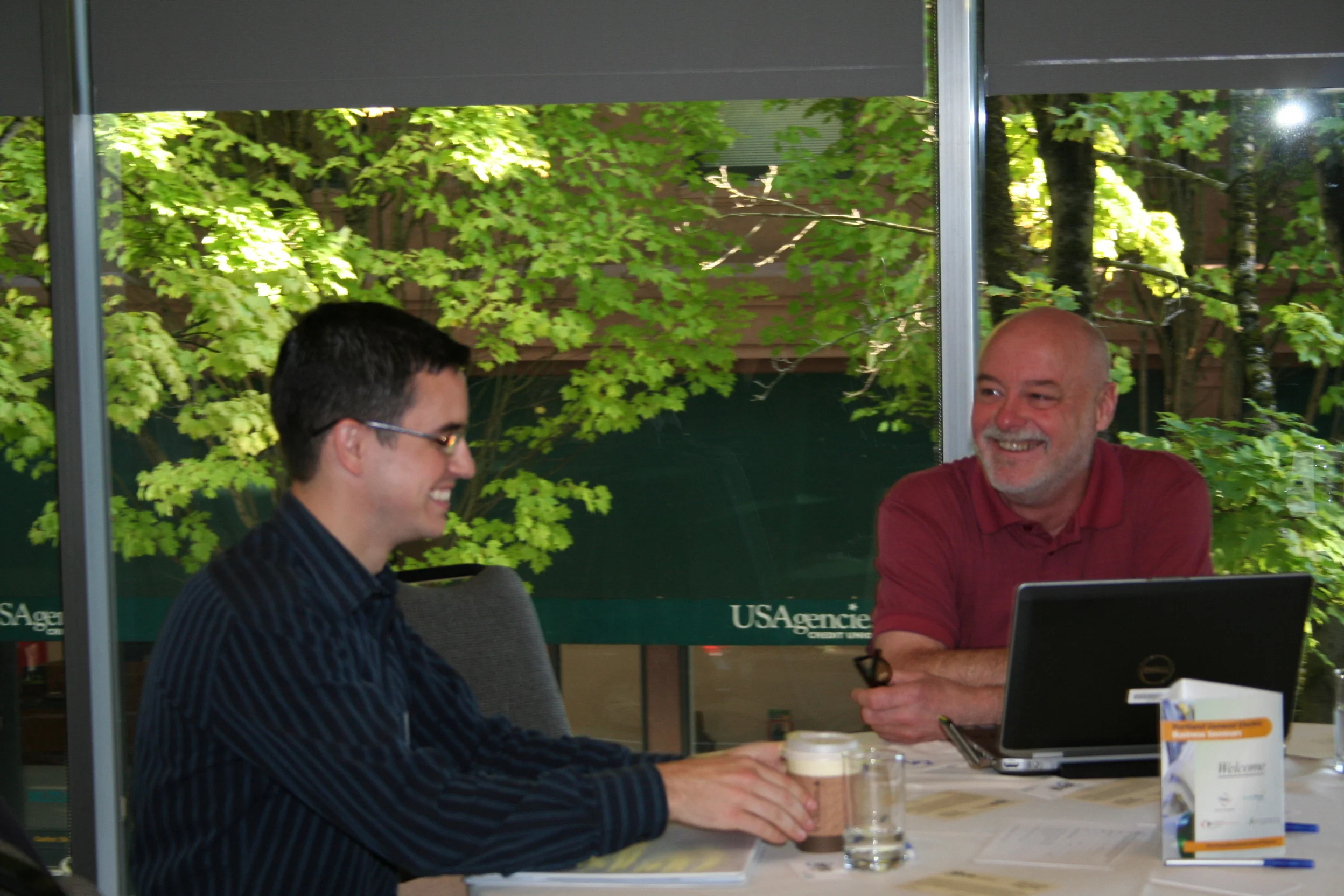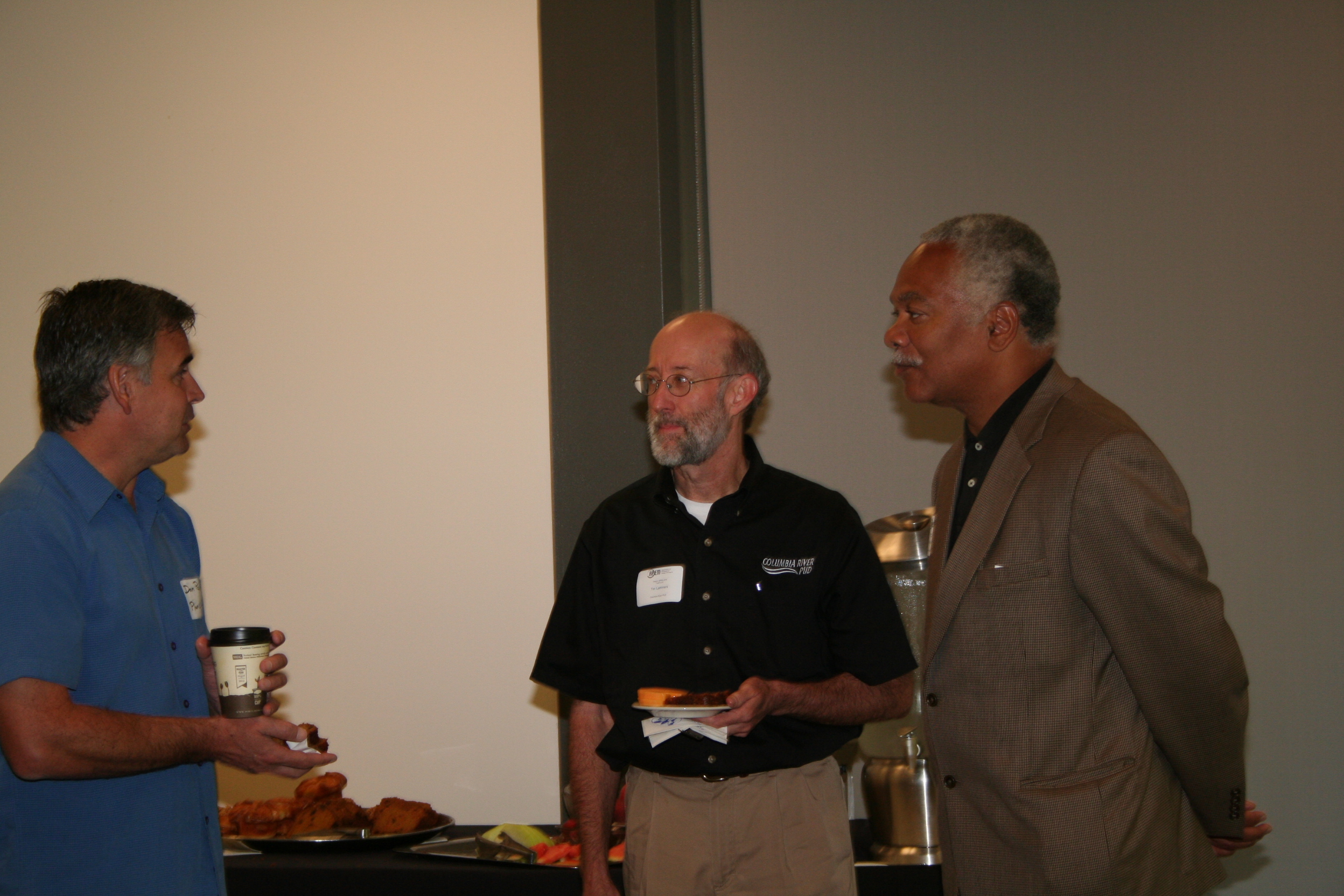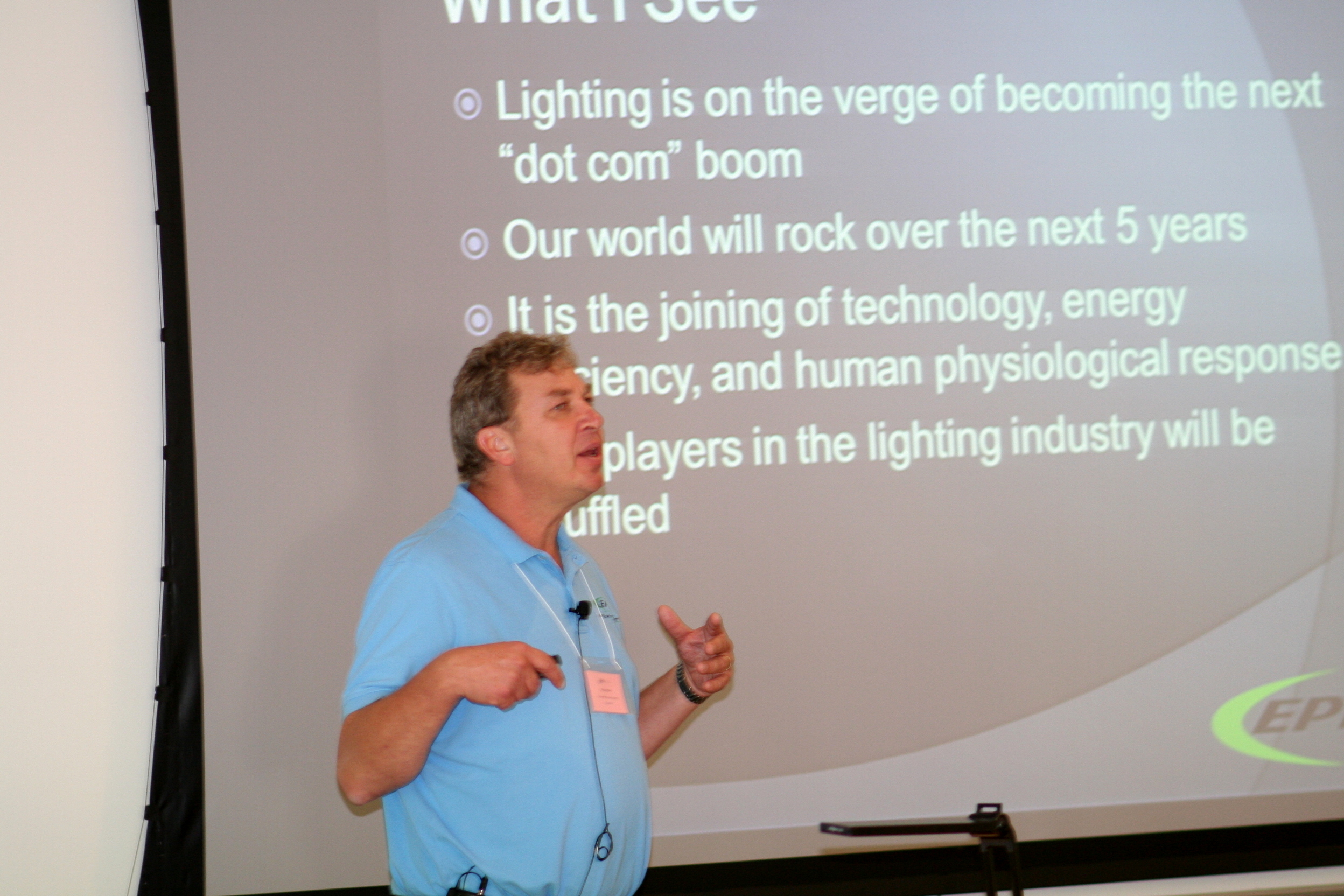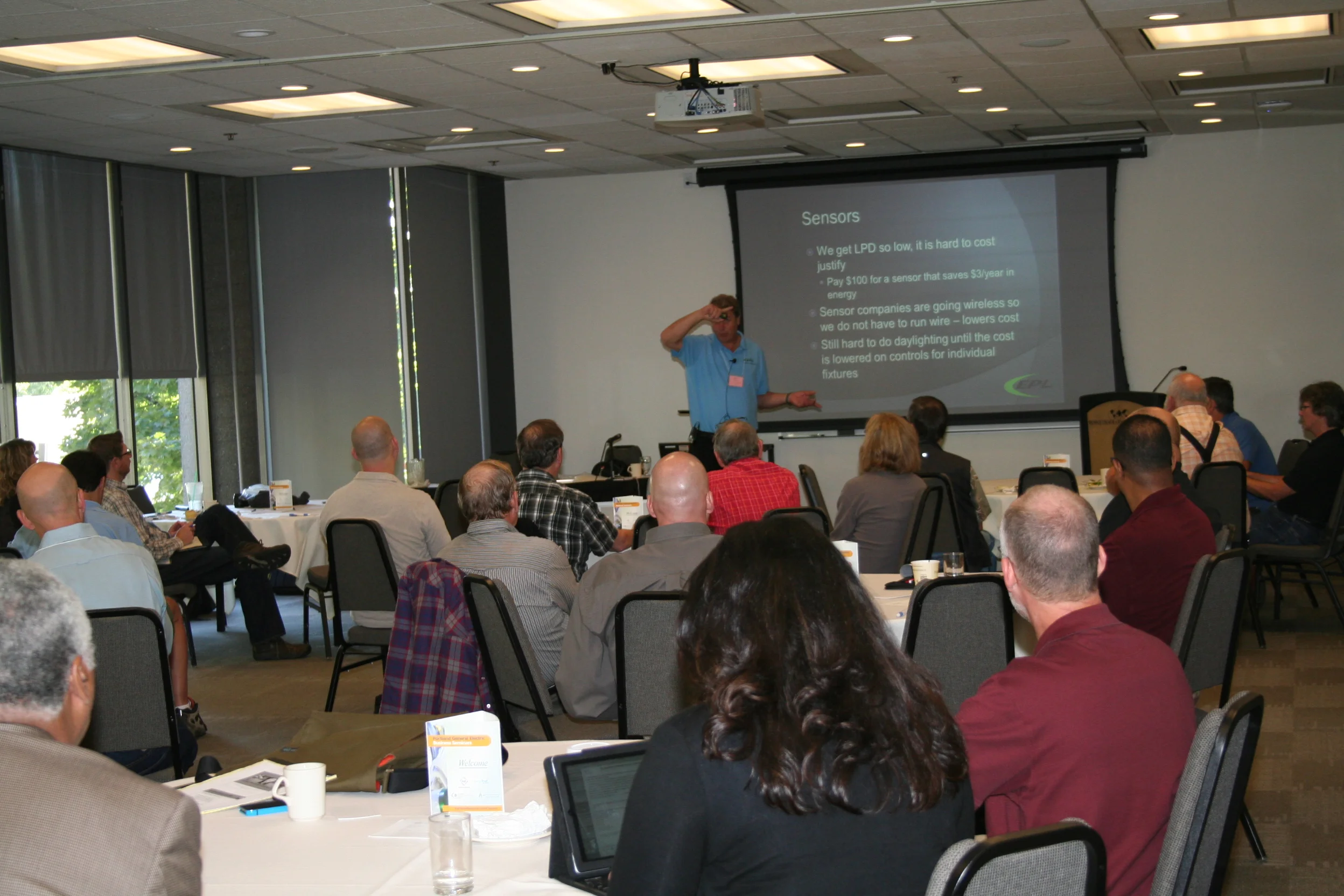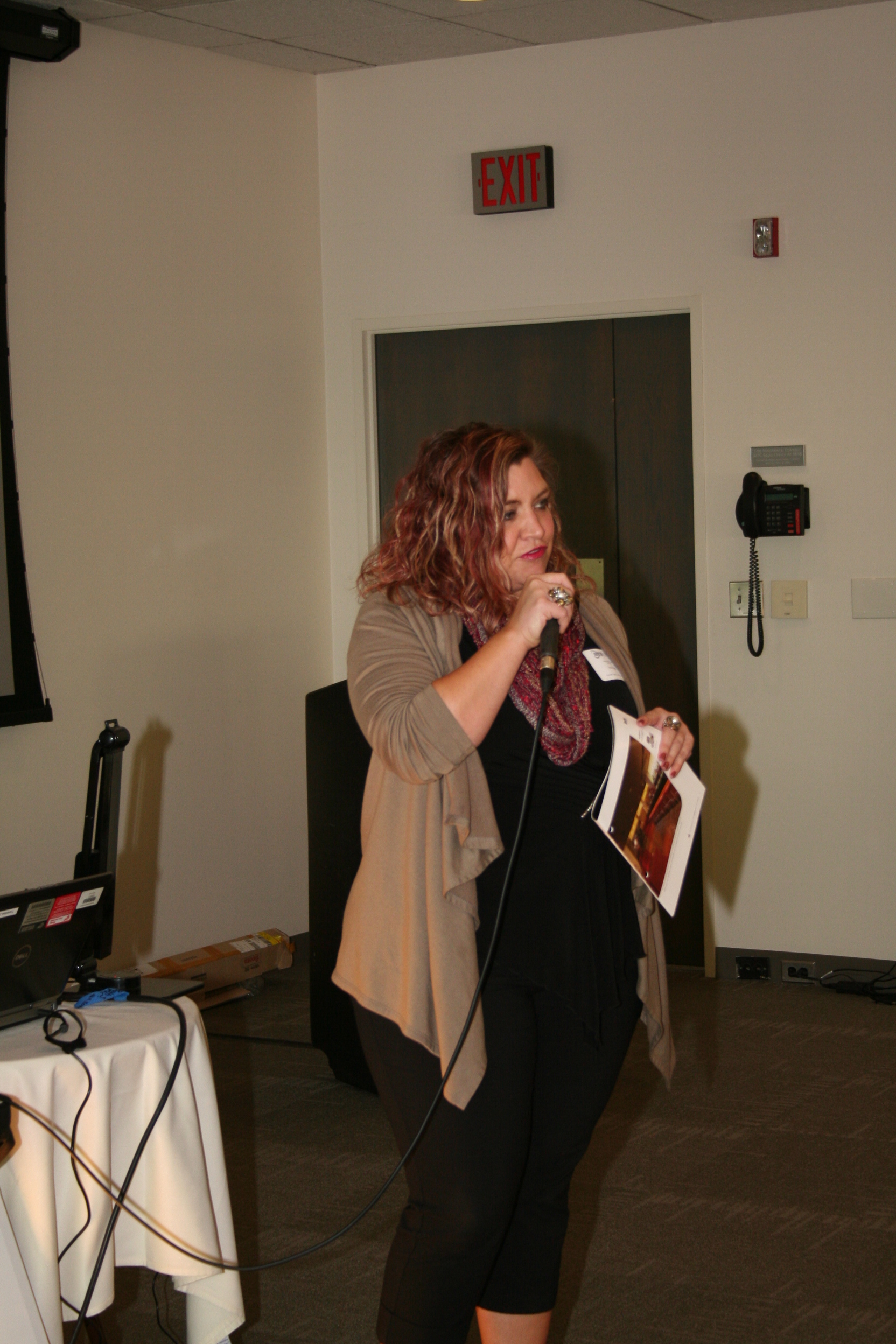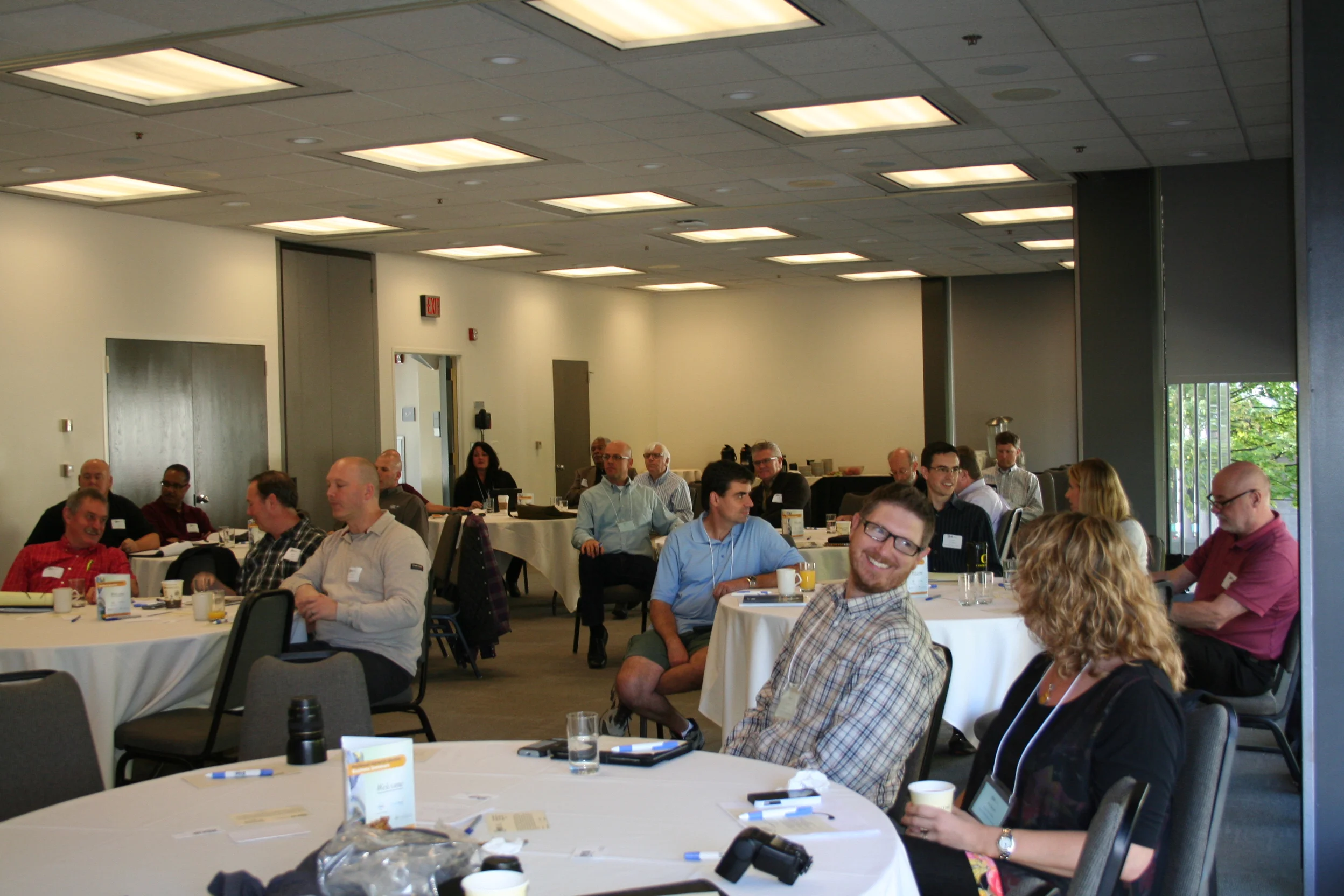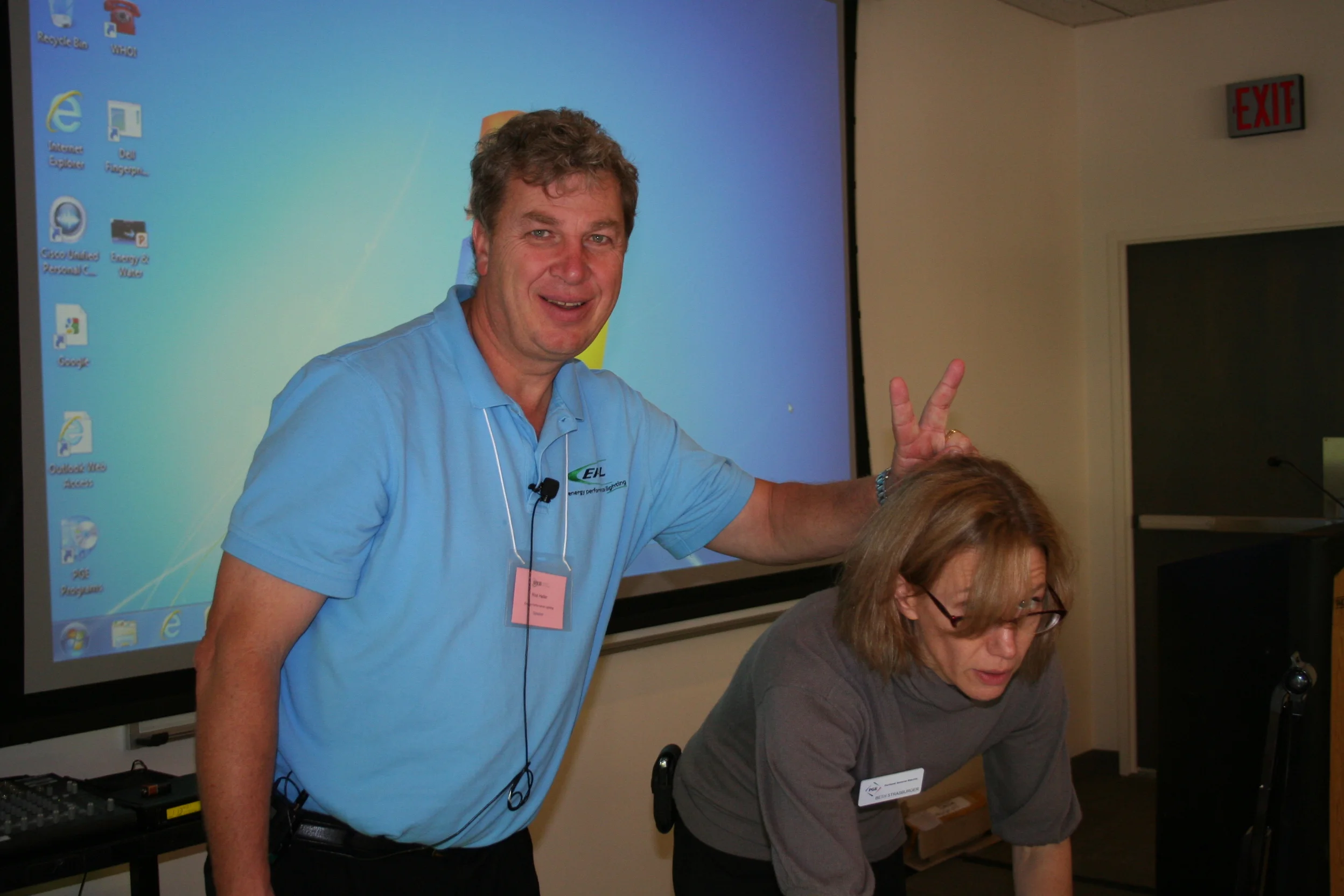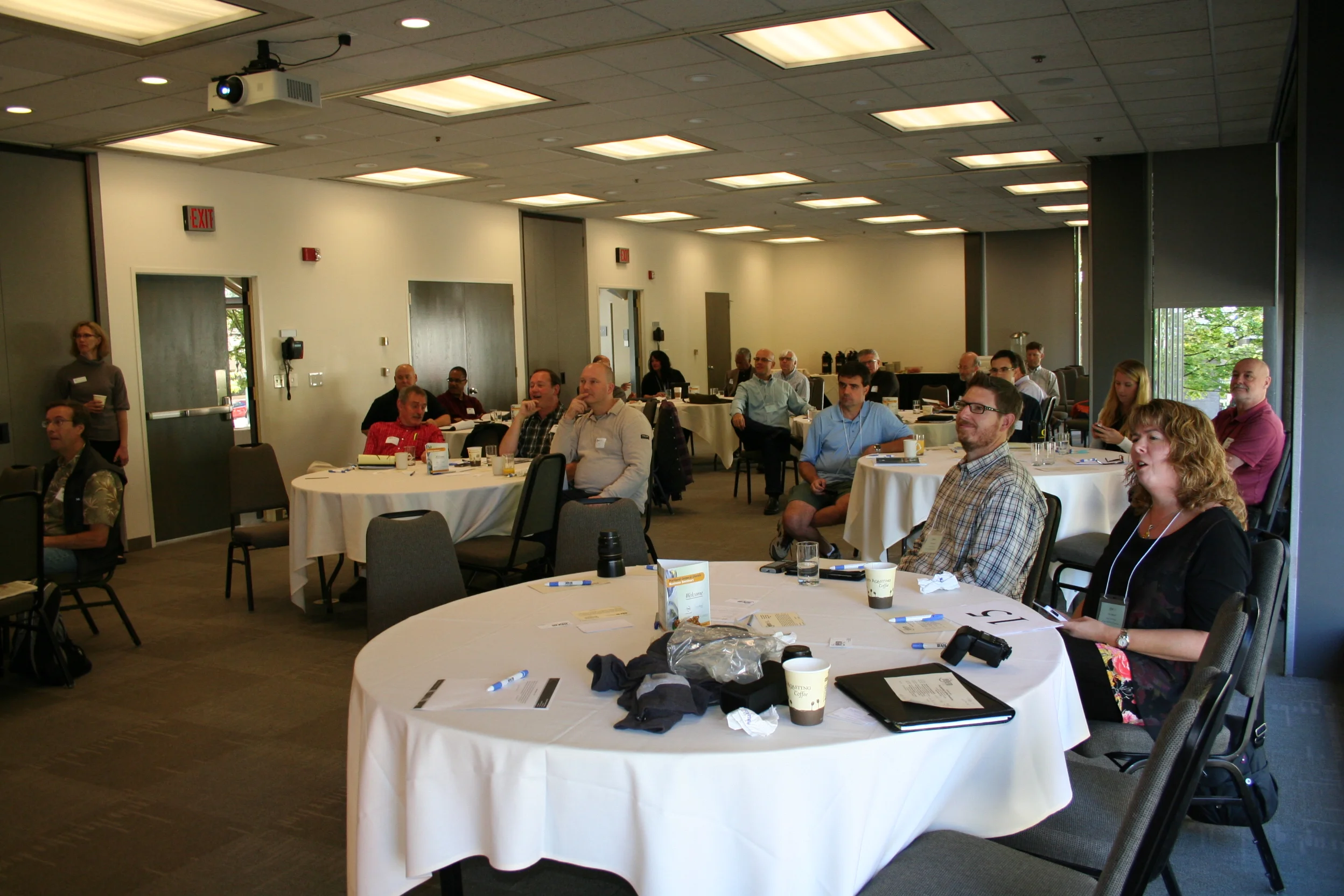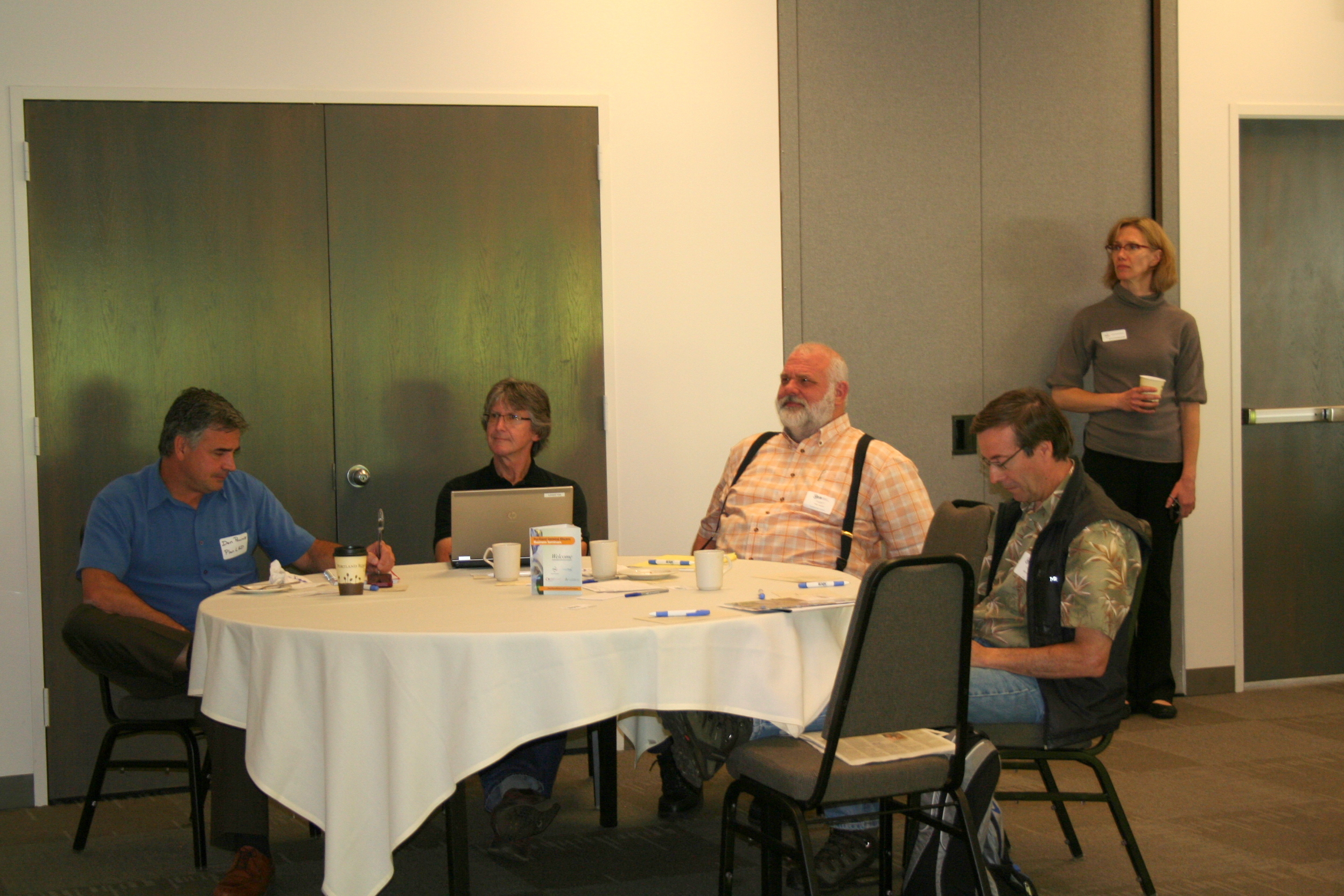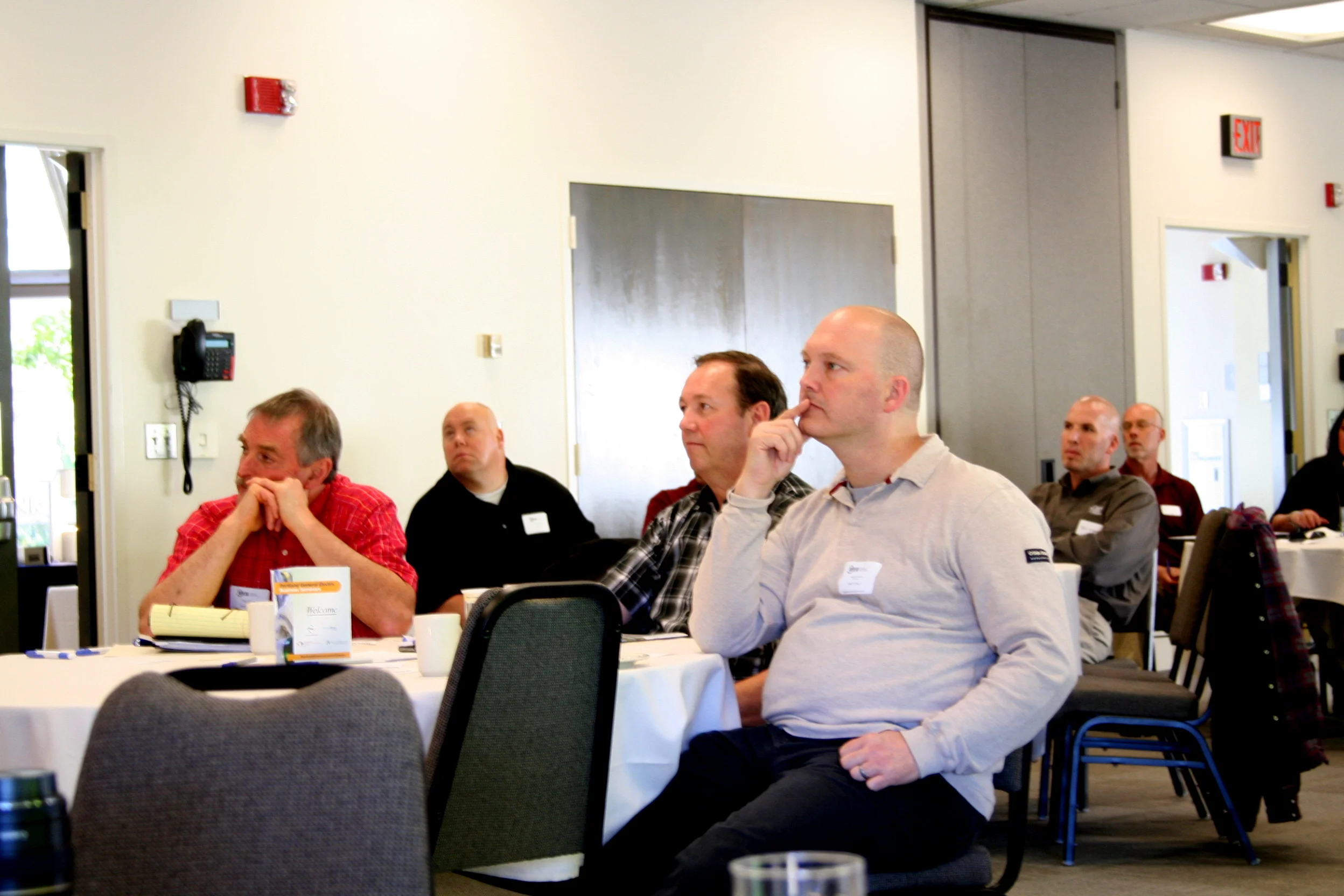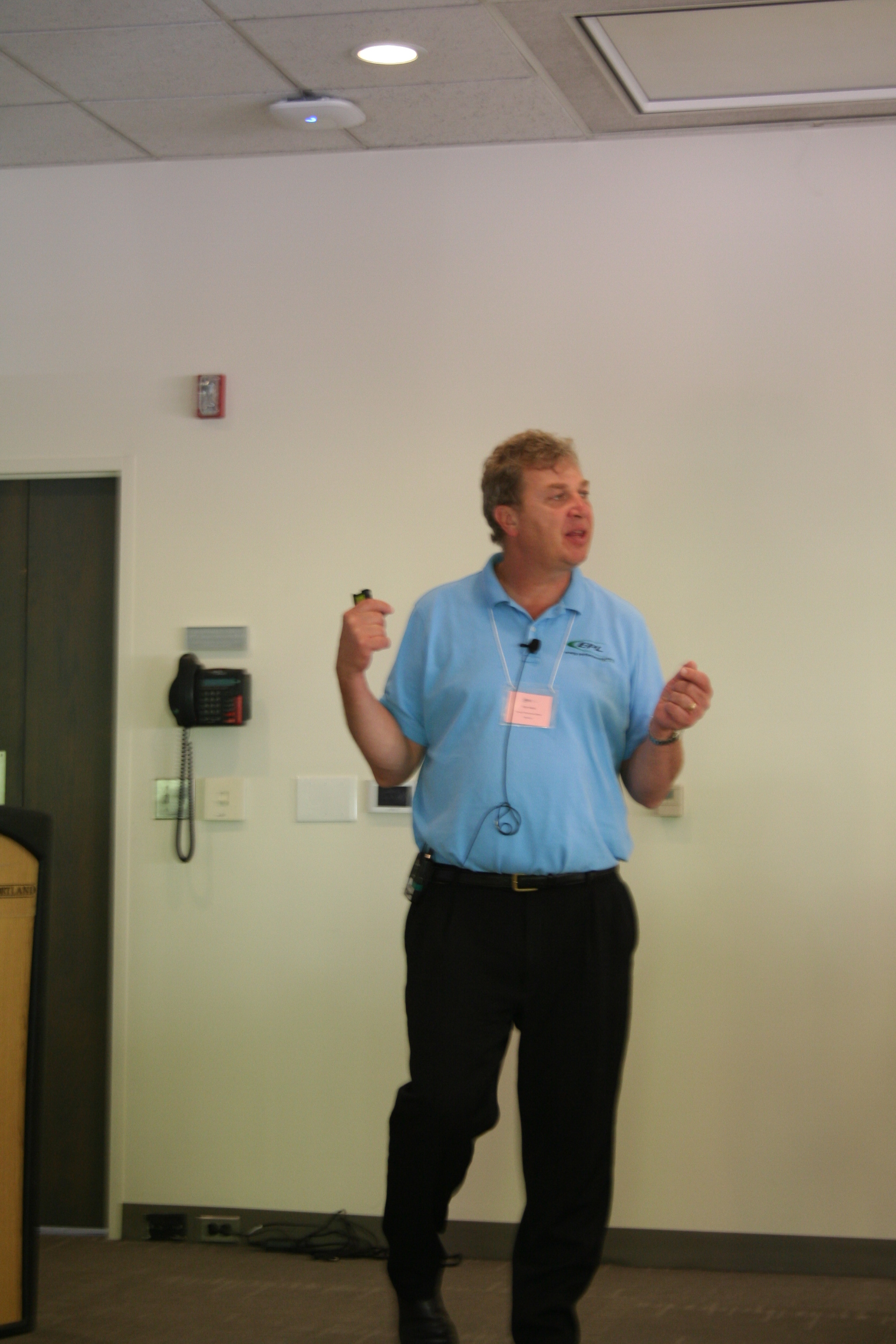Fall 2014 Forum
The Upcoming Lighting Revolution
October 3, 2014
Portland
Sure, LEDs can save energy and last a long time, but as solid state devices, they are also very versatile performers. Their controllability allows for color temperature tuning according to human needs. This represents a paradigm shift for designers, specifiers and end users. How will this impact building codes and affect incentive programs? The benefits of lighting in the future will go well beyond just meeting light level and watts per square foot requirements. How will tunable lighting affect human performance, mood, health and productivity? When do we recommend and how do we specify these advanced lighting features? Welcome to the new lighting revolution. And welcome to the Oregon APEM Fall Forum!
The Fall Forum was an entertaining and educational discussion about the future of lighting for both energy efficiency and for the human factor. We heard the main presentation from Rod Heller who flew into Oregon just for this event and a presentation by Robert Dupuy a local lighting designer. After a catered lunch we participated in a lively panel discussion with the two presenters and Tony Adams, who has worked at Intel, designed fixtures, and is currently a consultant.
The common theme throughout the presentations was how rapidly the world of lighting is changing. As Rod Heller put it “Lighting technology has progressed from a glowing piece of metal to a computer chip.” This is causing a large shift in the lighting manufacturing industry since the traditional big three lamp companies did not produce computer chips – although some of them have been recently purchasing newer companies that do. Rod even referred to the new lighting technology the next “dot com” type of industry, indicating that it is on the edge of a huge increase. The pace at which LEDs are advancing are unprecedented in the history of lighting. While there are now many products on the market generating 60-100 lumens per watt, this year CREE announced that they have developed a chip that generates over 300 lumens per watt. While these chips are not commercially available, it illustrates how far the LED industry can go in the future. This is why Rod believes that every light source available today will be replaced by LEDs in the future.
Rod Heller’s company is primarily a lighting retrofit company – retrofitting existing lighting systems with a focus on energy conservation and simple paybacks. These types of projects are often driven by a need to create a reasonable payback for owners to install them. From a retrofitter’s perspective, LEDs are viable today for all exterior lighting upgrade opportunities, and they have been for the last year and a half. The only areas where LEDs are viable for most interior applications (on a strict payback level) is in replacing MR-16 and other incandescent and halogen style flood lamps. (Of course, for new construction projects today, LEDs can be used in most interior applications with just a slight increase in initial cost).
LEDs are changing so fast, and there are so many new companies involved, it is hard to keep abreast of the changes. Just recently, inthe last few months, have LED 2’x4’ upgrade opportunities really made stride towards cost effectiveness for retrofitting – they are almost there but are still primarily implemented by those wanting to be on the cutting edge of technology, rather than strictly as a cost saving business opportunity. As recently as this year the “LED – T8 replacement” lamps have been something that Rod would not seriously consider, but with the very recent introduction by a traditional “Tier 1” company (Philips), he is considering them seriously for upgrades.
Rod also talked a lot about the how artificial light impacts human health. For millions of years we spent 90% of our time outdoors under the blue sky, and we slept in total darkness. The only time we would have seen “orange” colored light would be around the fire before going to bed.
Very recently scientists have discovered that the ipRGC’s (intrinsically photosensitive Retinal Ganglion Cells) in our eyes (separate from the rods and cones) seem very receptive to “blue” colored light, and they also seem to impact our circadian rhythms. When our eyes see this blue light we stop producing melatonin, and we often feel alert. Likewise, the orange light produced by lower Kelvin colored lamps may be predisposed to make us sleepy. Rod is therefore a big proponent of using blue colored lighting in office environments; to both help keep us alert at work and to help our eyes see more clearly. Rod uses 8,500K lamps in his office, most of his coworkers use 5,000K – 6,000K lamps, and some still choose the traditional warm colors of 2,700K or 3,500K, but they are in the minority at his company, where everyone is given the opportunity to choose their own color lamps.
Our current society demands we wake before the sun rises and go to bed after the sun goes down – this has only been happening for a couple hundred years. Today we spend 80% of our time indoors – thus Rod feels that the artificial light that people work under should be primarily designed with people’s health in mind – energy codes notwithstanding. Of course, by designing artificial light for people’s health, we would be using dimmable and color changing LEDs, which are by their nature very energy efficient, so the energy used would be below current energy codes anyway.
Robert Dupuy is a lighting designer that focuses on providing lighting for the elderly. The IESNA lighting handbook recommends much higher light levels for older people. This is due to the lens of our eye discoloring as we age (getting yellower). This yellowing of the lens blocks some light from entering, which is why our eyesight deteriorates with age, and why we need higher light levels to see well as we age.
During the Q&A session the panel (Heller, Robert Dupuy, Tony Adams) was asked if LEDs are being used for outdoor stadium opportunities, and the three panelists all agreed that today they are not ready, but ask again in a few months. Then one of the vendors in attendancespoke up, and announced that Centurylink Field in Seattle is being retrofitted with LEDs this year, the new Atlanta football/soccer stadium is being built with LED lighting, and the site of the next Superbowl will be retrofitted with LEDs. The high light levels recommended by the IESNA handbook for outdoor playing fields that are televised are based on the needs of film equipment technology that is 30 years old. The new film equipment does not need the light levels to be so high, especially when the LEDs produce a more even light level throughout the playing field. They can accomplish this because LEDs are a directional light source that can more be directed more easily than conventional metal halide lighting used traditionally on these fields. Another vendor in the audience mentioned that they have made a custom pole fixture that spreads light in an “L” shape for a biking path – a feat that could only be accomplished by LEDs.
Presenter:
• Rod Heller, Energy Performance Lighting (www.energyperformancelighting.com) Presentation #1 / Presentation #2
Panelists:
• Robert Dupuy, Robert Dupuy Consulting (http://www.robertdupuy.net/) Presentation
• Tony Adams, Evergreen Consulting (http://www.evergreen-efficiency.com/)
